Do you see a ‘no audio device is installed’ error on Windows 11?
Windows 11 is the latest version of our favorite operating system. It comes with a handful of new features and aesthetic improvements. Windows 11 also feels much faster and smoother due to the new window animations.
Despite being the 9th major version of Windows, Windows 11 is not immune to errors and glitches.
If you are here, we can assume that you see a ‘no audio device is installed’ error on Windows 11. When this occurs, you won’t be able to hear anything from your speakers or headphones, which can get in the way of your day-to-day tasks.
In this guide, we will show you how to fix the ‘no audio device is installed’ error on Windows 11.
Let’s jump right in!
1. Restart Your Computer.
Before doing anything, we suggest restarting your computer if you encounter errors like the ‘no audio device is installed’ prompt. This should reload your resources and eliminate bugs and glitches that may have occurred during use.
Here’s how you can restart your computer:
- Access the Start Menu by pressing the Windows key on your keyboard.
- Next, click on the Power icon to open the Power Options tab.
- Finally, choose Restart and wait for your system to reboot.
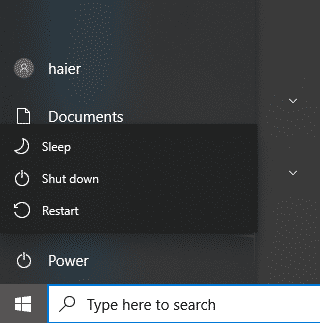
Once done, plug in your headphones or speakers and see if you can hear anything.
2. Check the Connection.
There are instances when you’ve plugged in your audio device on the wrong port, explaining why you see a ‘no audio device is installed’ error. To be sure, look at the back of your computer and see if you’ve plugged in your audio device to the right port. Most motherboards have a green audio out port.
We also suggest that you avoid using the front I/O panel of your case if you are not sure who installed it. Possibly, the pins for the front panel are not connected properly to your motherboard.
Restart your computer after checking your audio connection and see if the problem is solved.
3. Run Audio Troubleshooter.
Windows has a built-in troubleshooter that helps you solve minor issues on your computer. If you are seeing a ‘no audio device is installed’ error on Windows 11, try running the audio troubleshooter first.
Here’s how you can use it:
- Look over your Taskbar and right-click on the Speaker icon.
- Now, click on Troubleshoot Sound Problems.
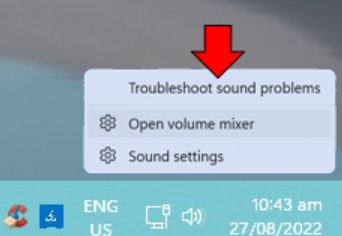
- After that, choose the audio device you currently use and hit Next.
- Wait for the scan to complete and follow the recommended solution.
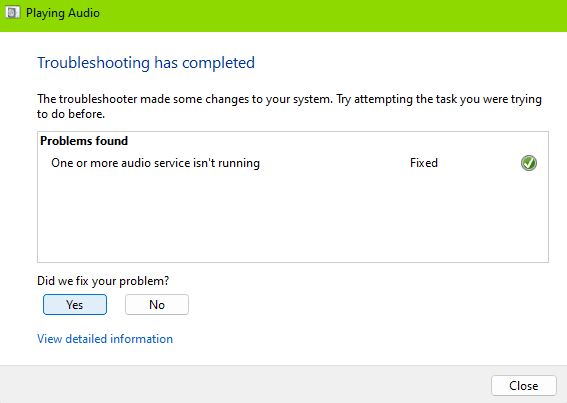
Restart your system and check if the error message would still appear.
4. Use the Generic Sound Driver.
Some users were able to solve this error by using the generic audio driver on Windows. While this won’t work on every system, we suggest trying it out on your end.
See the steps below to guide you through the process:
- First, open the Start Menu and look for Device Manager.
- Launch it afterward and expand the Audio Inputs and Outputs tab.
- Identify the audio driver for your device and right-click on it. Choose Update Driver to open the setup window.
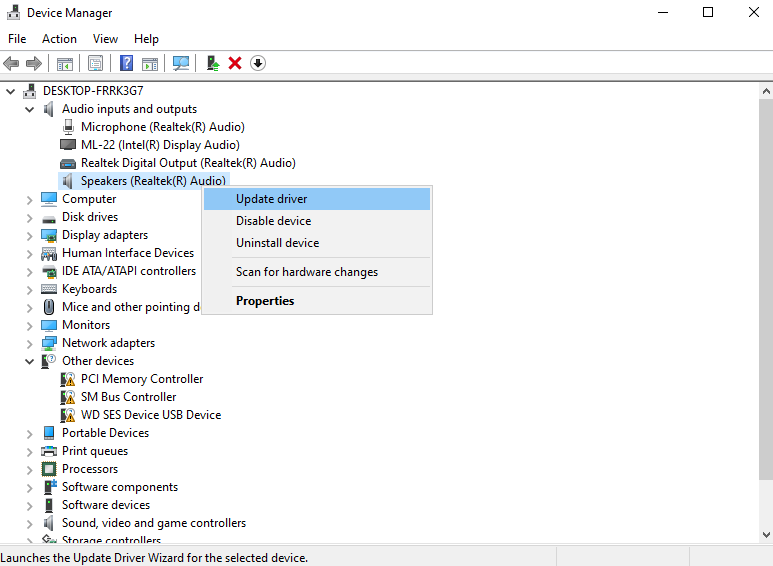
- Now, click on Browse My Computer for Drivers.
- Click the ‘Let me pick from a list’ option below and choose Generic Software Device.
- Hit Next to continue and follow the prompts.
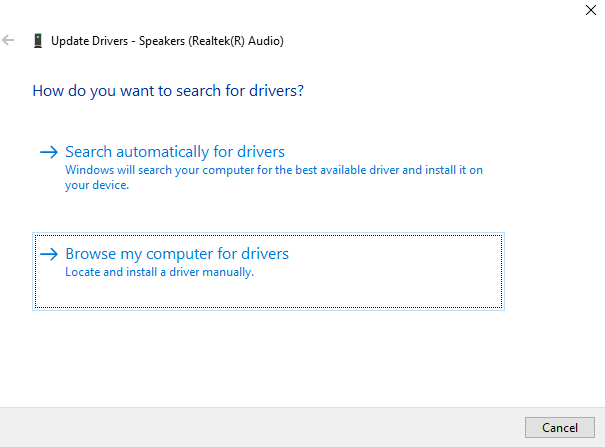
Once done, restart your computer and see if the ‘no audio device is installed’ error would still occur.
5. Install Audio Generic Driver Using Device Manager.
If you don’t have any audio driver installed, you can use the Device Manager to add legacy hardware to your computer.
Follow the steps below:
- Press the Windows + X keys on your keyboard to open the Quick Menu.
- After that, click on Device Manager.
- Now, click on the Action tab in the menu bar and choose Add Legacy Hardware.
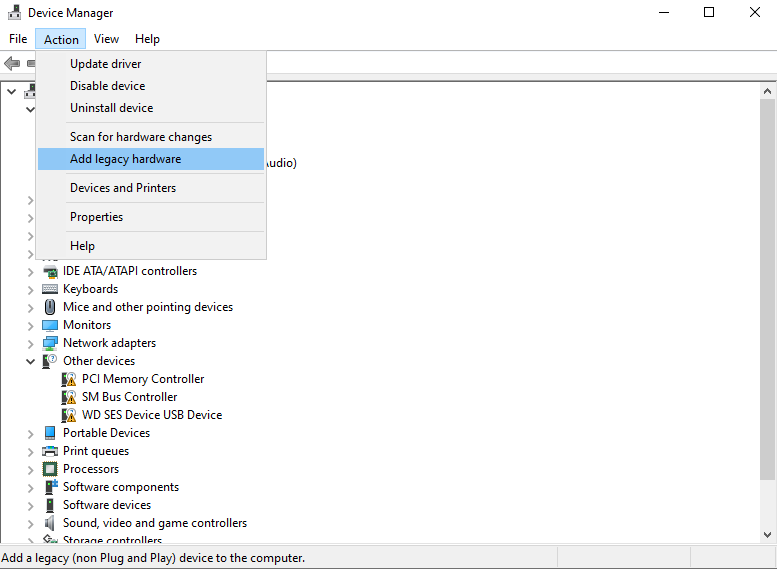
- Select the ‘Install the hardware that I manually select from a list’ option and hit Next.
- Under Common Hardware types, look for Sound, video, and game controllers.
- Next, choose Generic USB Audio and click on USB Audio OEM Device. Click Next to confirm. Wait for the installation process to complete and click on Finish.
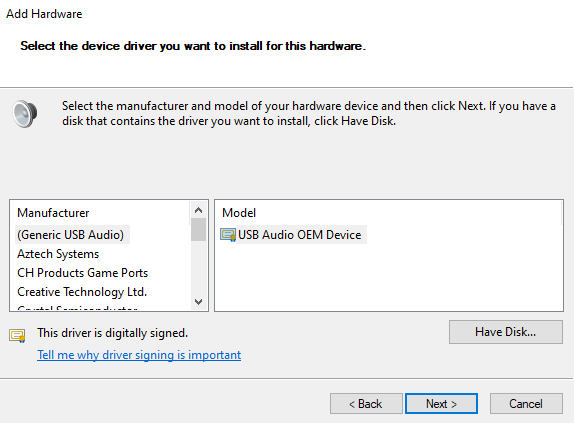
Restart your system to apply the changes and see if the error is solved.
6. Update Windows.
The version of Windows you’re using might have an issue that causes the error. Since Windows 11 is still new, the OS is still not fully optimized, and errors like the ‘no audio device is installed’ is normal.
Here’s how you can update Windows:
- Go to the Start Menu and click on the Gear icon to open Windows Settings.
- Now, click on Windows Update on the side menu.
- Finally, click Check for Updates or Download and Install.
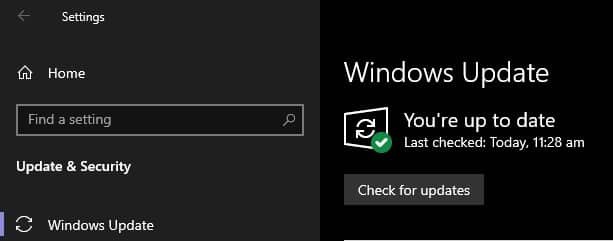
Try using an audio device afterward and check if the problem is solved.
7. Enable Audio Device.
Your audio device might be disabled from settings, explaining why you are not hearing anything from it. To be sure, follow the steps below to check your audio settings.
- First, right-click on the Speaker icon in the Taskbar.
- After that, click on Sound.
- Go to the Playback tab and right-click on the audio device you’re using.
- Lastly, click Enable and save the changes.
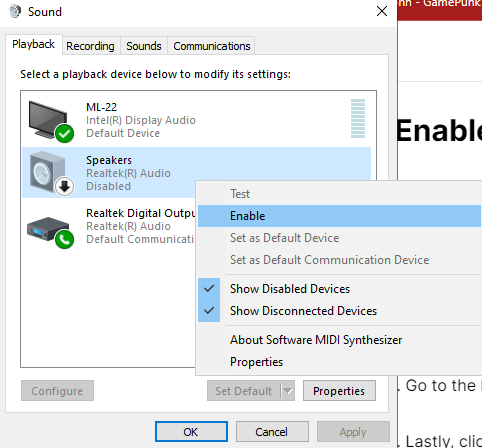
Restart your system and see if the ‘no audio device is installed’ error would still occur.
8. Check If Audio Service Is Running.
The audio service on your computer may not be running, explaining why you encounter errors with your audio device. To fix this, you need to go to Windows Services and ensure that the Audio Endpoint Builder is starting automatically.
Follow the steps below to guide you through the process:
- On your keyboard, press the Windows + R keys to open Run Command.
- Now, type services.msc and click OK to open Windows Services.
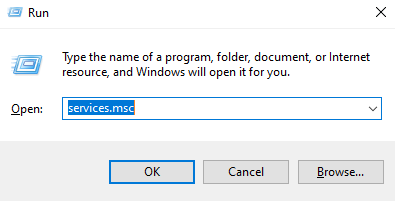
- Look for Windows Audio Endpoint Builder from the list and right-click on it.
- Go to Properties and ensure that the Startup Type is set to Automatic.
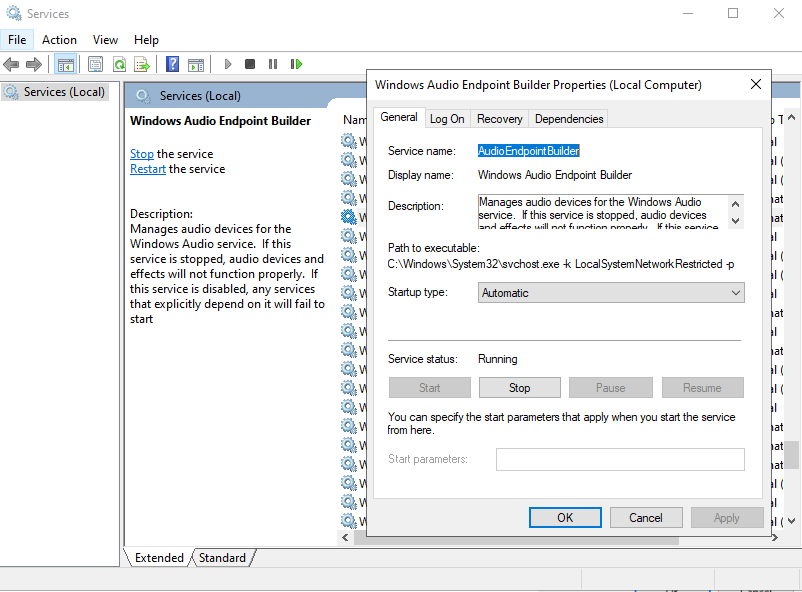
Save the changes and see if the problem is solved.
9. Run SFC.
There might be an issue with your system files that causes the ‘no audio device is installed’ error message on Windows 11. To rule this out, use the system file checker tool on Windows to scan your resources.
Here’s what you need to do:
- First, go to the Start Menu and look for ‘Command Prompt’.
- Click on Run as an Administrator to launch CMD.
- Now, type ‘sfc /scannow’ and hit Enter to run the command.
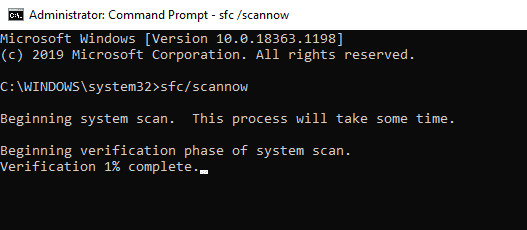
Once done, restart your system and see if you’ll still encounter the ‘no audio device is installed’ error message.
10. Contact Microsoft Support.
If none of the solutions above worked, we recommend that you let the experts handle the situation. Head to Microsoft’s support page and submit a report regarding the issue you’ve been experiencing with Windows 11.
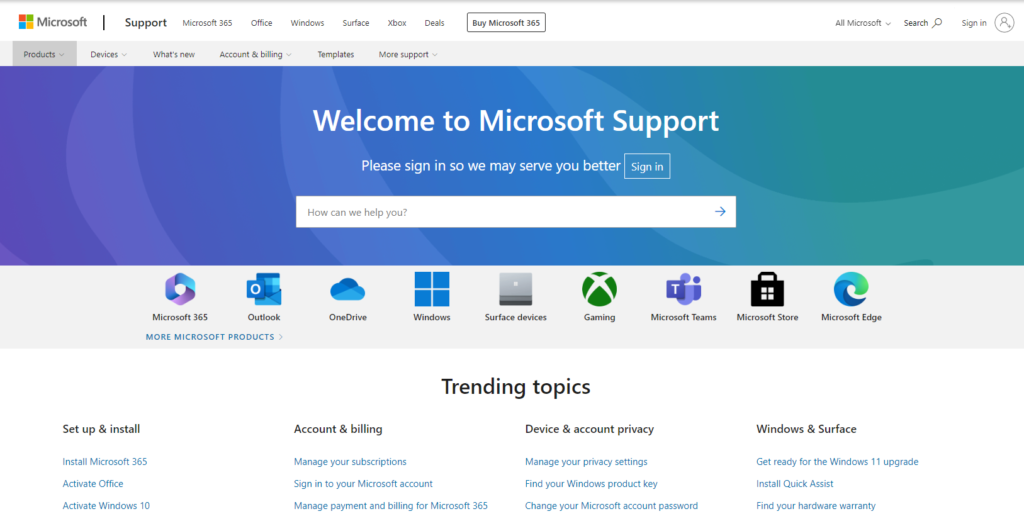
When asking for help, make sure to provide crucial information like the version of Windows 11 you’re using and the screenshot of the error.
You can also browse the guides on Microsoft’s page and see if you can find other solutions.
That wraps up our guide on how to fix the ‘no audio device is installed’ error on Windows 11. If you have questions, please let us know in the comment section, and we’ll do our best to respond.
If this guide helped you, please share it. 🙂





